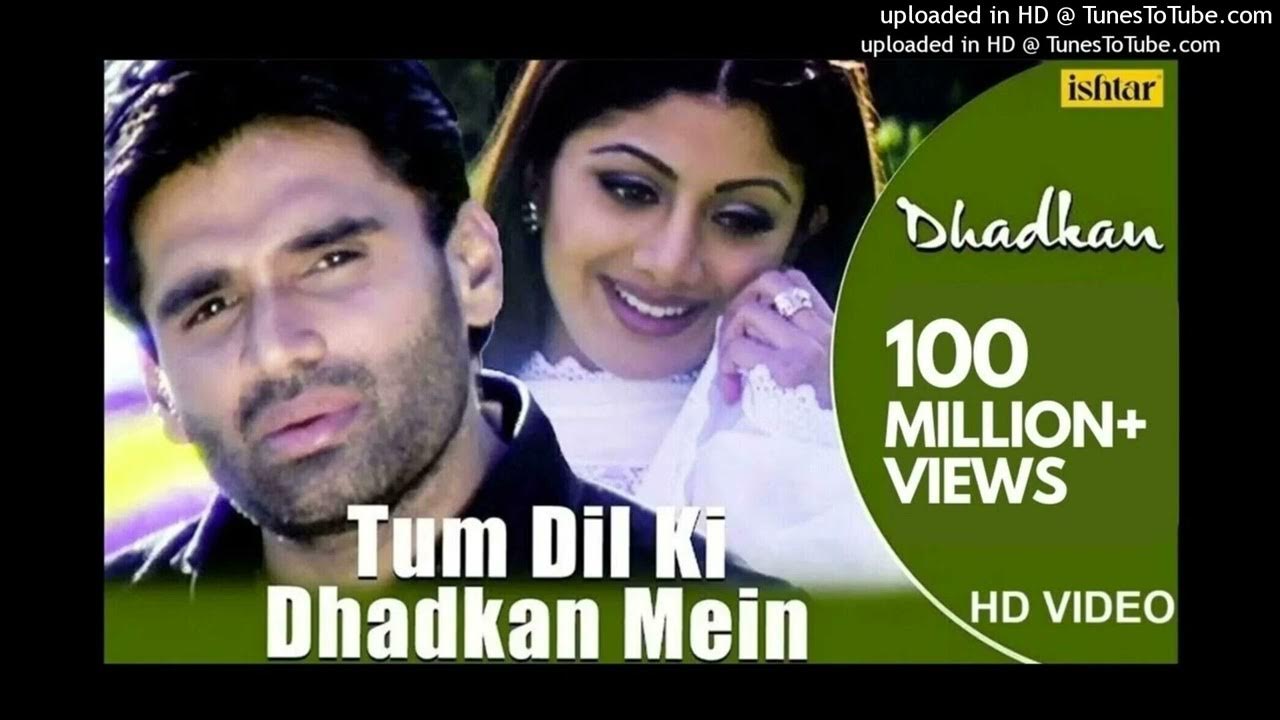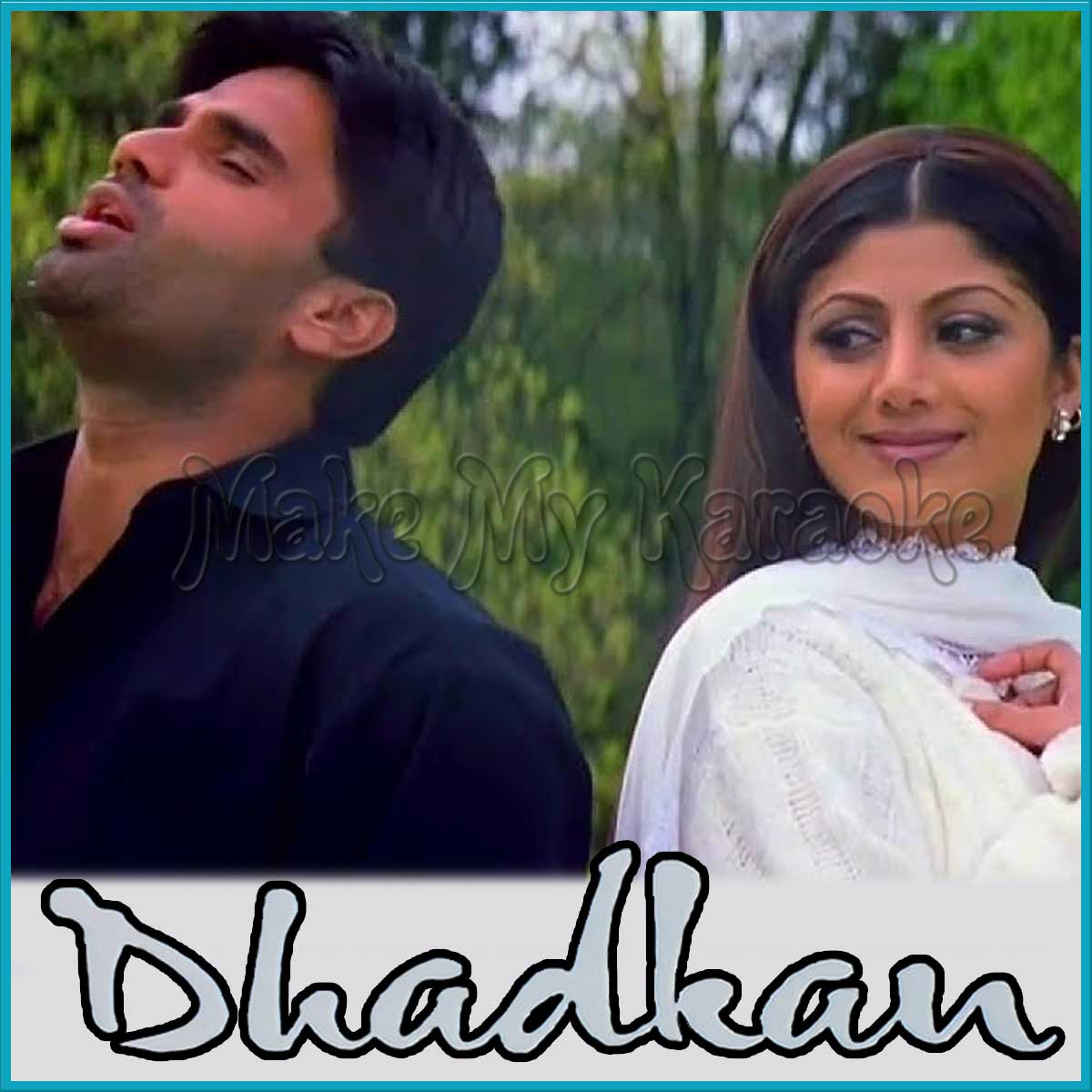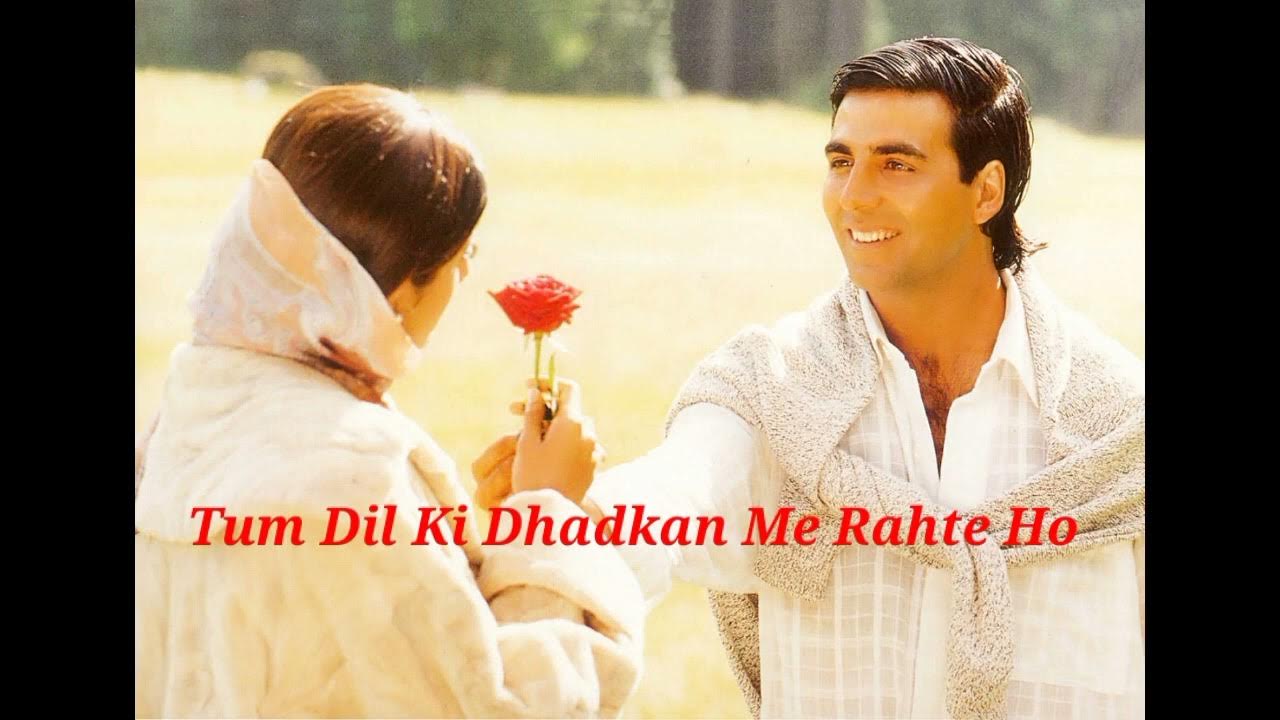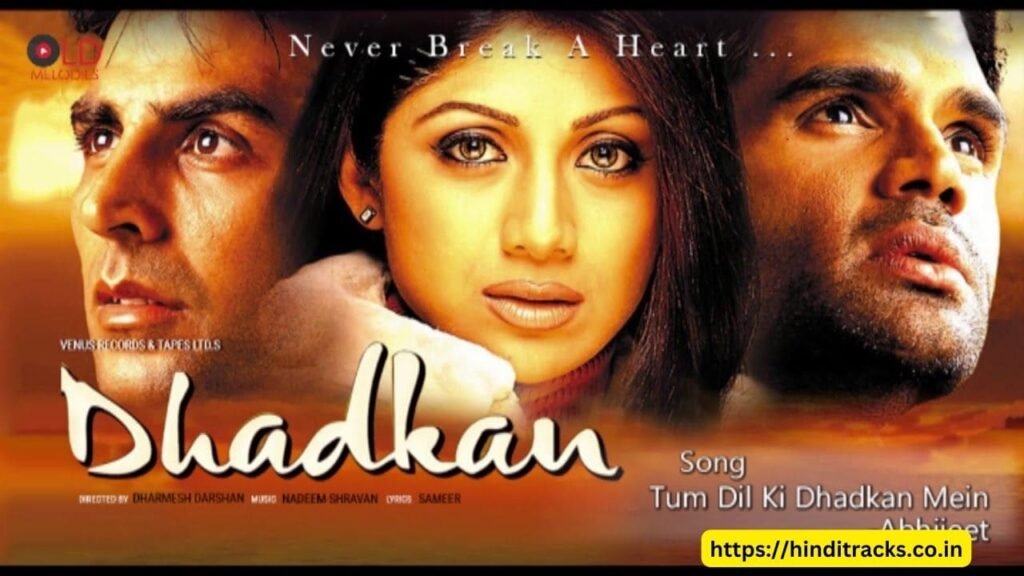Dil Mein Ho Tum Dhadkan Mein Tum O My Darling

Imagine a world painted in the vibrant hues of nostalgia, where melodies echo simpler times and love stories unfold with an innocent charm. That world seems to come alive again whenever the timeless classic, "Dil Mein Ho Tum Dhadkan Mein Tum O My Darling," graces our ears, a song that has woven itself into the very fabric of Indian popular culture.
This iconic tune isn't just a song; it’s a cultural touchstone, instantly recognizable and deeply cherished across generations. It represents a golden era of Indian cinema and music, when romance was expressed with poetic grace and musical arrangements were both intricate and endearing.
The Genesis of a Beloved Anthem
The story of "Dil Mein Ho Tum" begins with the 1987 film, Satyamev Jayate. This action-packed drama, starring Vinod Khanna and Meenakshi Seshadri, might not have been solely about romance, but the song's sweet melody became its enduring legacy.
Composed by the legendary Bappi Lahiri, the song was a departure from his usual disco-infused style. He crafted a melody that was both soothing and uplifting, perfect for capturing the tender emotions of young love.
The lyrics, penned by Anjaan, further elevated the song's appeal. They were simple yet profound, speaking directly to the heart and resonating with anyone who has ever experienced the joy of being in love.
The Voices Behind the Magic
The magic of "Dil Mein Ho Tum" is amplified by the voices that brought it to life. Kishore Kumar, the evergreen king of melody, lent his distinctive vocals to the song, infusing it with warmth and emotion.
Adding to the charm was Asha Bhosle, whose playful and expressive voice perfectly complemented Kishore Kumar's. Together, they created a duet that is both captivating and unforgettable.
Their voices intertwined seamlessly, painting a sonic landscape of blossoming romance and youthful exuberance, becoming an instant hit with audiences.
A Lasting Impact on Indian Culture
"Dil Mein Ho Tum" has transcended its origins as a film song to become a cultural phenomenon. It's a regular feature at weddings, celebrations, and even casual gatherings, where people of all ages sing along with heartfelt enthusiasm.
The song's enduring popularity speaks volumes about its universal appeal. It reminds us of a time when love was expressed with innocence and sincerity, a sentiment that resonates deeply with many.
Its presence on various music platforms and continuous airplay on radio stations solidify its place in the annals of Indian music history. The song has also been remixed and reinterpreted by various artists, further demonstrating its timeless quality.
"Music expresses that which cannot be put into words and that which cannot remain silent." - Victor Hugo
The ongoing love for this song highlights its deep-rooted connection with the Indian populace, establishing it as a piece of shared cultural heritage.
A Reflection on Enduring Appeal
Why does "Dil Mein Ho Tum Dhadkan Mein Tum O My Darling" continue to enchant us, even after all these years? Perhaps it's the simplicity of its message, the catchiness of its melody, or the sheer talent of the artists involved.
Maybe it's the nostalgia it evokes, reminding us of a simpler time when love was the purest of emotions. Whatever the reason, the song has secured its place as an evergreen classic, a testament to the power of music to transcend time and connect us all.
As the last notes fade away, one can't help but feel a sense of warmth and contentment, a reminder that some things, like the melody of a truly beautiful song, are simply timeless.


















